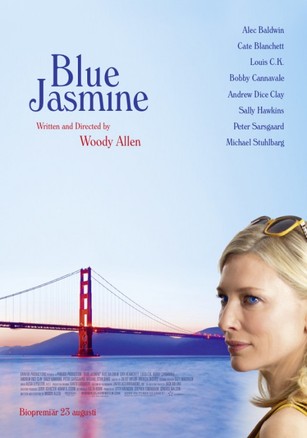
And why do they all sound like they’re from Queens?
Like many San Franciscans, I was titillated last year when Woody Allen announced he would be returning—after an absence of more than 40 years—to shoot a new film in my hometown, his first local shoot since “Play it Again, Sam” in 1972. We had been feeling ignored.
| In the intervening four decades he had positioned his cameras along virtually every block of Manhattan’s Upper East Side, not to mention iconic scenes filmed in Los Angeles and even whole movies set in London, Paris, Rome and Barcelona. What are we, chopped liver? Sure, we might have been good enough for the early silly comedies (the father of a high school friend of mine had a bit part in “Take the Money and Run,” to his eternal fame, see right), but it seems we were not sophisticated enough for Woody’s mature classics. To think we didn’t even rate for any of those middling, workmanlike films he was churning out in the 90’s…ouch. |
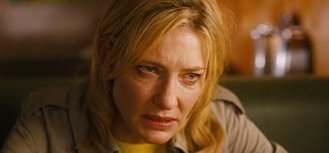 Cate Blanchett in "Blue Jasmine"
Cate Blanchett in "Blue Jasmine" 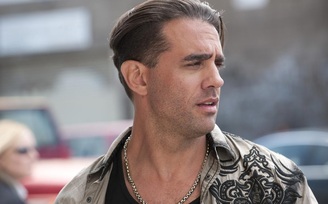 Bobby Canavale in "Blue Jasmine"
Bobby Canavale in "Blue Jasmine" | To be fair, Allen often gives us highly romanticized versions of his locales, from Gershwiny Manhattan to accordion-soaked Paris. But in “Blue Jasmine,” the disparity between the spot-on depiction of Jasmine’s high-end New York and the off-target imitation of down-market San Francisco (an oxymoron in itself) left me feeling queasy. It seems last year’s visitation from Woody wasn’t really a location shoot after all; San Francisco was, in the dubious tradition of Hollywood studio pictures, just another backdrop. |
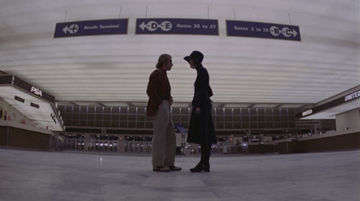
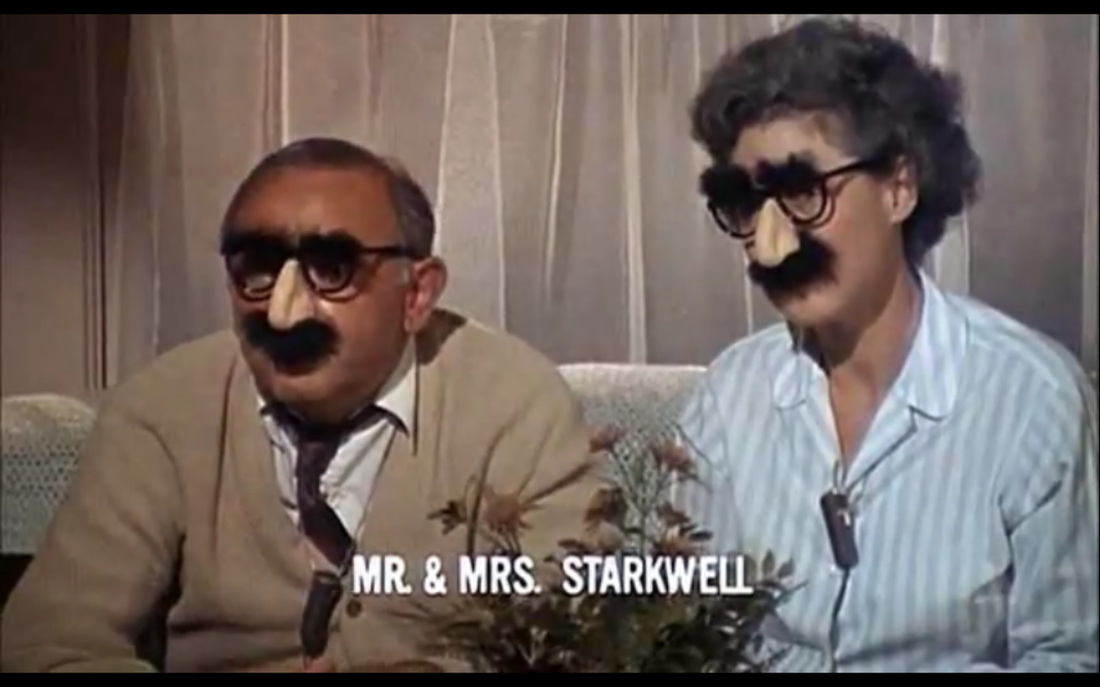
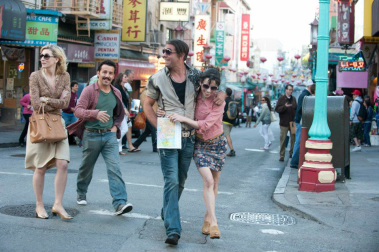
 RSS Feed
RSS Feed
